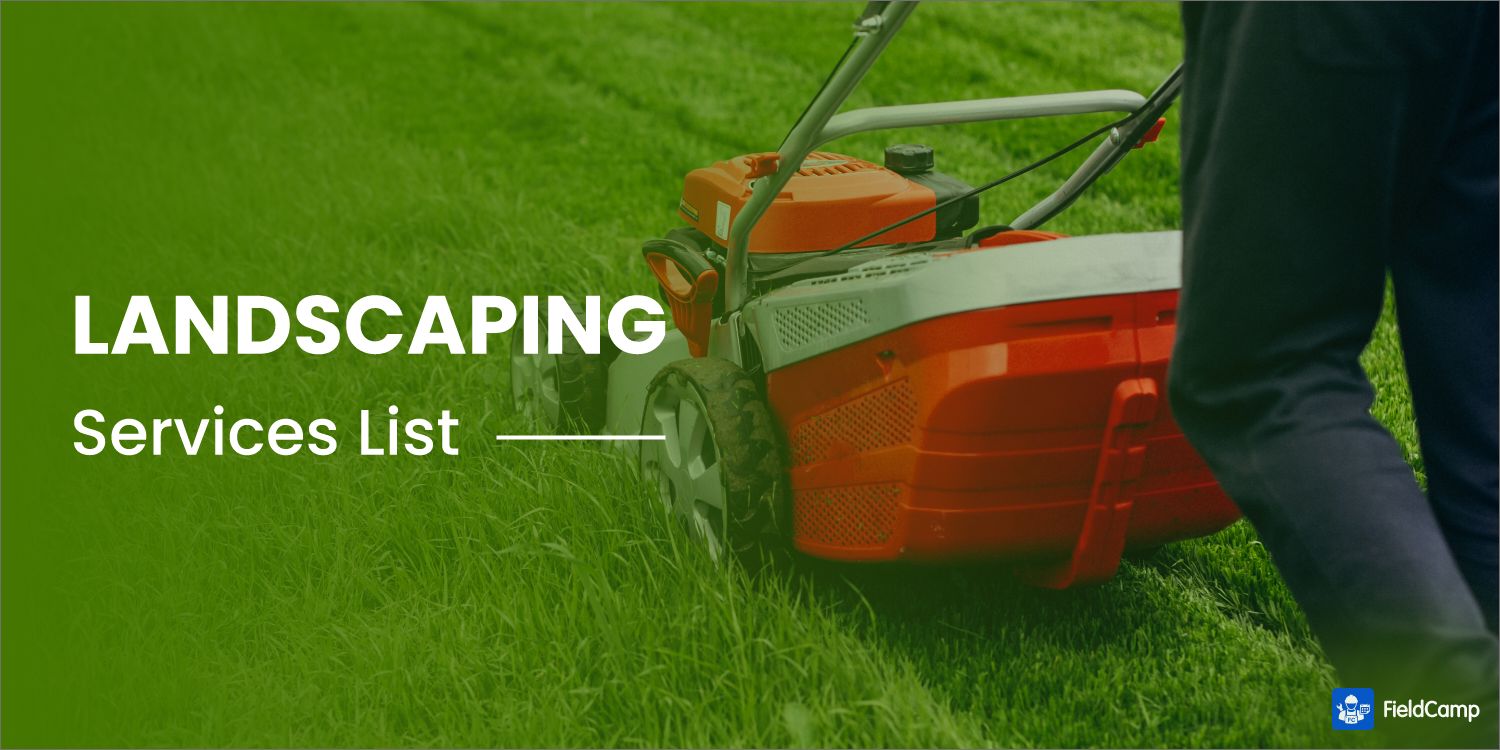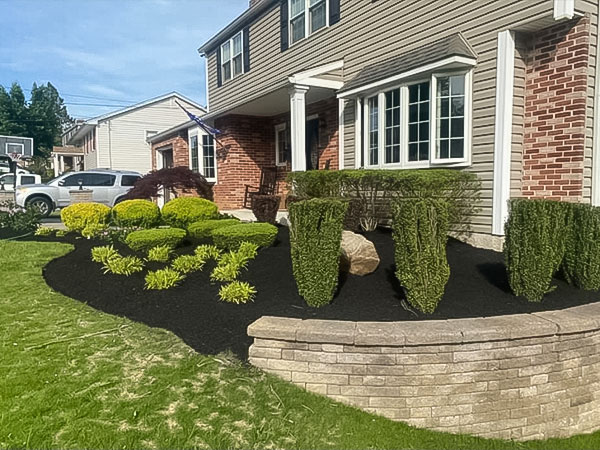Expert Landscape Design Services for Lasting Outdoor Transformation
Enhancing exterior spaces via professional landscape design solutions can supply greater than simply aesthetic charm; it can grow a sustainable setting that profits both building proprietors and the world. From picking indigenous plants to carrying out water preservation techniques and using environmentally friendly hardscape solutions, the possibilities for sustainable exterior makeover are substantial. By recognizing the significance of maintenance practices that support sustainability, professional landscaping companies can really make a long-term influence on the outside spaces they function on.
Advantages of Sustainable Landscaping
Lasting landscape design supplies numerous ecological and financial benefits for both homeowner and the community. By implementing sustainable practices such as xeriscaping, using indigenous plants, and decreasing water usage, property owners can significantly lower their environmental effect. These methods not only save water yet likewise promote biodiversity and lower the need for harmful chemicals and plant foods.

From a community perspective, sustainable landscape design plays a vital duty in boosting air and water top quality, decreasing city heat island impacts, and offering environments for neighborhood wild animals. These benefits add to developing much healthier and a lot more sustainable settings for every person to enjoy.
Native Plants Choice and Style
When preparing a landscape layout, choosing native plants is crucial for maximizing sustainability and ecological community health and wellness. Native plants are adapted to the local climate, dirt conditions, and parasites, making them low-maintenance and extra durable to thrive in their natural environment. Integrating indigenous plants into landscape design creates not just improves biodiversity but also sustains pollinators, helpful pests, and neighborhood wildlife.
Designing with indigenous plants involves careful factor to consider of aspects such as plant size, development routine, bloom time, and water requirements to create a sustainable and aesthetically enticing landscape. By selecting a varied choice of indigenous plants, landscape developers can produce balanced communities that attract a variety of species and add to the general health and wellness of the setting.
Moreover, native plants can assist minimize water usage, decrease the requirement for chemical pesticides and plant foods, and enhance soil top quality with their natural procedures. With proper choice and design, indigenous plants can change outside spaces right into prospering, lasting landscapes that benefit both the area and the atmosphere.
Water Preservation Techniques
Including native plants right into landscape design designs not only improves biodiversity however likewise sustains pollinators, valuable bugs, and local wild animals, which underscores the importance of implementing water preservation methods in landscaping methods. Water preservation is vital for sustainable outdoor spaces, especially in areas vulnerable to dry spell or water scarcity. One efficient method is making use of drip irrigation systems, which deliver water directly to the plant's origin zone, lessening dissipation and runoff. Mulching is one more useful practice that aids preserve soil wetness, subdues weed development, and improves dirt health and wellness.

Eco-Friendly Hardscape Solutions
The use of environmentally mindful materials in hardscape style is a critical facet of developing sustainable outside areas. Environment-friendly hardscape options encompass a variety of methods intended at reducing environmental effect while boosting the aesthetic appeals and functionality of outdoor locations. Including materials such as permeable pavers, reclaimed timber, recycled plastics, and natural rock can significantly minimize the ecological impact of hardscape installments.
Absorptive pavers, for circumstances, allow rain to leak into the ground, reducing overflow and stopping water pollution - Landscaping San Marcos. Recycled plastics can be transformed into resilient and low-maintenance hardscape aspects, providing a sustainable choice to traditional products.
Upkeep Practices for Sustainability
To maintain the environmental honesty of green hardscape solutions, executing critical maintenance practices is important for guaranteeing long-lasting sustainability in exterior landscaping tasks. Normal maintenance not just maintains the visual charm of the weblink landscape however additionally contributes to its total sustainability by minimizing environmental influence.
One key maintenance technique for sustainability appertains watering monitoring. Reliable watering strategies, such as drip watering systems or rainwater harvesting, assistance preserve water and advertise plant health and wellness. Furthermore, regular assessment and change of watering systems can prevent water wastage and ensure optimal hydration for plants.
Another vital facet of sustainable maintenance is the responsible use pesticides and plant foods. Choosing organic fertilizers and using incorporated site link pest administration methods reduces dangerous chemical runoff into the environment, protecting both plant and ecological community balance.
Additionally, regular cleaning and upkeep of hardscape functions like permeable pavers or rock pathways stop debris build-up and keep performance while supporting water infiltration and drainage, hence minimizing the danger of disintegration and flooding. Landscaping San Marcos. By adhering to these lasting upkeep techniques, outside landscapes can flourish harmoniously while minimizing their ecological footprint
Final Thought
To conclude, sustainable landscape design offers numerous benefits with the use of native plants, water preservation techniques, eco-friendly hardscape options, and sustainable upkeep techniques. By executing these techniques, outside rooms can be transformed into environmentally-friendly and visually pleasing locations that sustain biodiversity and decrease ecological impact. Spending in specialist landscaping solutions that focus on sustainability can result in long-term benefits for both the atmosphere and homeowner.
From selecting native plants to applying water conservation methods and using environment-friendly hardscape services, the opportunities for lasting outdoor improvement are large. By implementing lasting techniques such as xeriscaping, making use of native plants, and lessening water usage, property proprietors can dramatically decrease their environmental influence. Water preservation is critical for lasting outdoor areas, visit here especially in regions vulnerable to dry spell or water scarcity. By executing these water preservation methods, landscaping specialists can produce attractive, sustainable outdoor spaces that benefit both the neighborhood and the atmosphere.
In verdict, lasting landscaping offers various benefits through the use of native plants, water conservation methods, eco-friendly hardscape remedies, and sustainable maintenance practices.